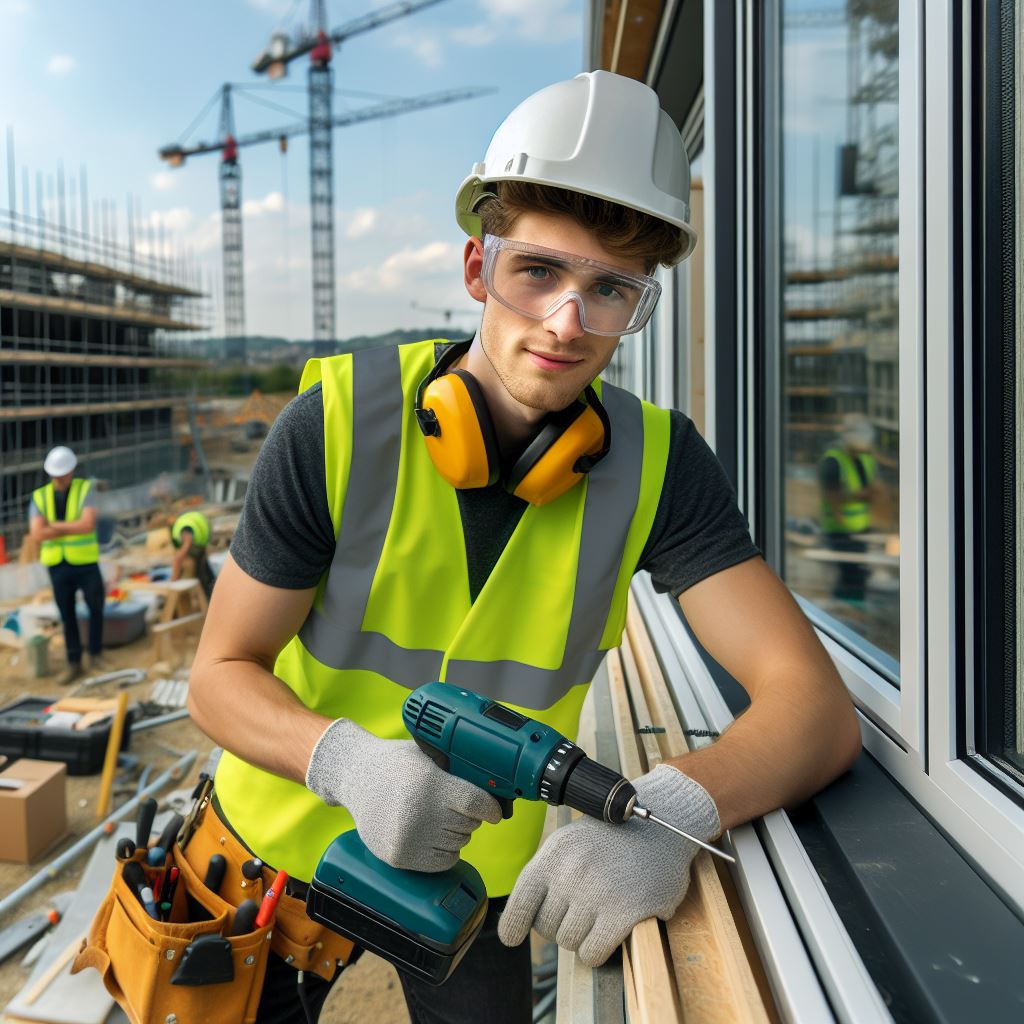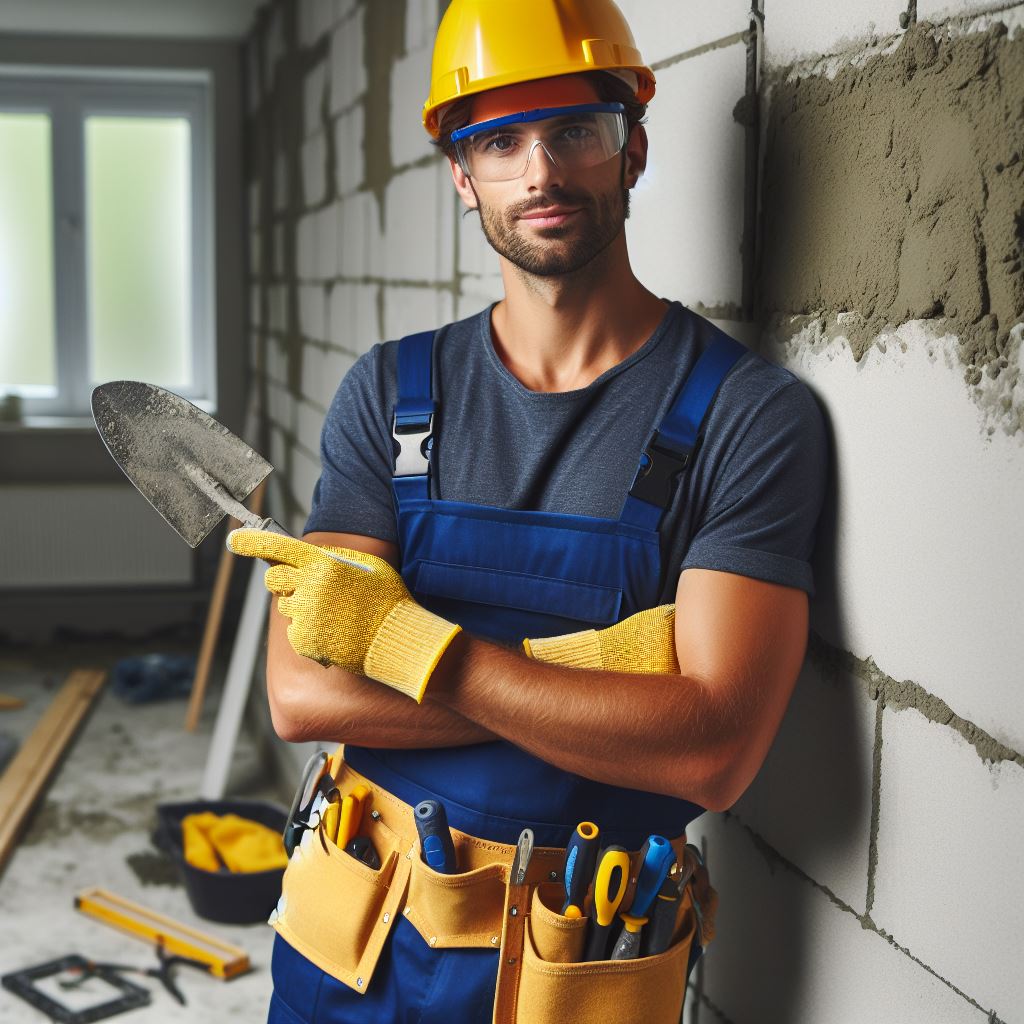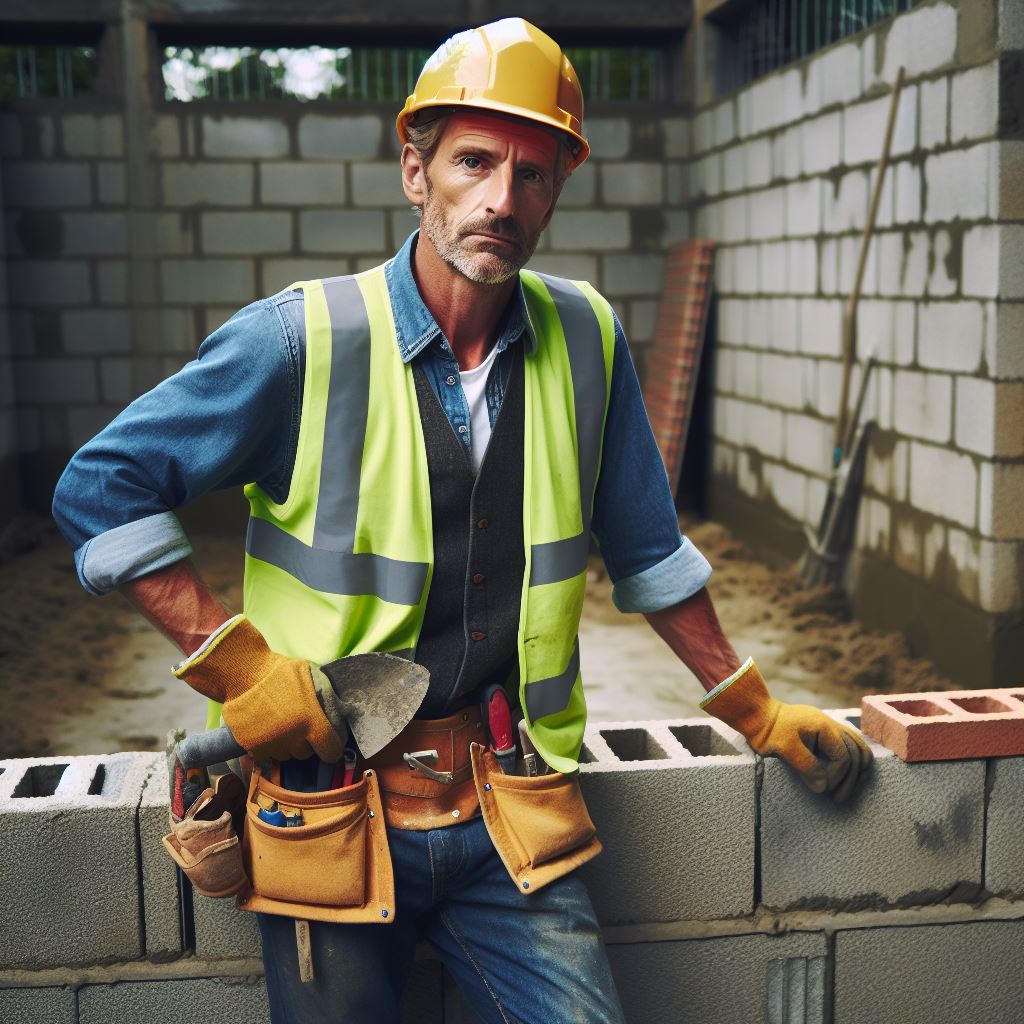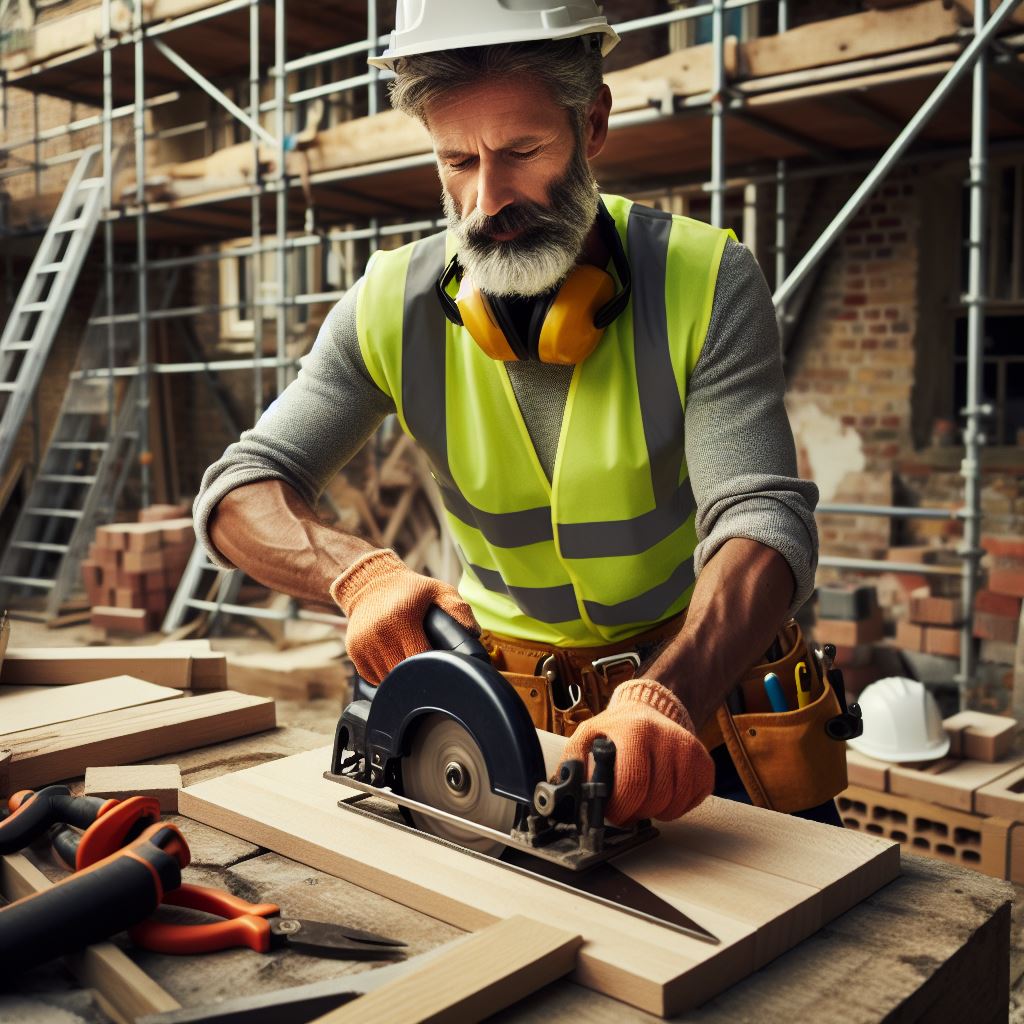Introduction
The paradigm shift towards eco-friendly trends in UK construction work signifies a crucial transformation in the industry.
Sustainability and environmental consciousness are now integral considerations for construction projects, reflecting a growing commitment to greener practices.
Construction companies are increasingly recognizing the need to adopt eco-friendly approaches in response to global environmental challenges.
The urgency to address climate change has prompted a reevaluation of traditional construction methods and materials.
As sustainability becomes a focal point, eco-friendly trends encompass various aspects of construction, from energy-efficient designs to the use of environmentally friendly materials.
These trends not only align with environmental goals but also contribute to long-term cost savings and enhanced building performance.
The rise of green building certifications, such as BREEAM and LEED, highlights the industry’s commitment to meeting stringent environmental standards.
These certifications emphasize sustainable practices, energy efficiency, and reduced environmental impact throughout a building’s life cycle.
In this era of eco-conscious construction, the introduction of innovative technologies and construction methodologies further propels the industry towards a more sustainable future.
From renewable energy integration to waste reduction strategies, the UK construction sector is embracing eco-friendly trends to build a greener and more sustainable tomorrow.
Benefits of Eco-Friendly Construction
- Reduction in carbon footprint and greenhouse gas emissions: Eco-friendly construction practices help to minimize carbon emissions, which contribute to climate change.
- Conservation of natural resources, such as water and energy: Eco-friendly construction focuses on efficient use of resources, reducing water consumption and promoting energy-efficient designs.
- Improved indoor air quality and occupant health: Using eco-friendly building materials and proper ventilation systems enhances indoor air quality, leading to healthier living spaces.
- Cost savings in the long run: While eco-friendly construction may have slightly higher upfront costs, it results in substantial long-term savings through reduced energy bills and maintenance expenses.
Positive Impact on the Environment and Communities
- Reduced environmental degradation: By embracing eco-friendly construction, we can minimize the negative impact on ecosystems and preserve natural habitats.
- Promotion of renewable energy sources: Eco-friendly construction encourages the implementation of renewable energy systems, such as solar panels, reducing reliance on fossil fuels.
- Creation of green jobs: The shift towards eco-friendly construction creates employment opportunities in renewable energy, sustainable materials, and green technology sectors.
- Enhanced community well-being: Eco-friendly construction projects contribute to the overall well-being of communities by improving public health and quality of life.
- Increased property value: Eco-friendly buildings have higher market value due to their energy efficiency and sustainable features, attracting environmentally conscious buyers.
- Awareness and education: Eco-friendly construction practices raise awareness about environmental issues and inspire individuals to adopt sustainable lifestyles.
- Government incentives and regulations: Governments provide incentives such as tax credits and grants to promote eco-friendly construction, encouraging more builders to adopt environmentally conscious practices.
- Mitigation of climate change: Eco-friendly construction plays a vital role in mitigating climate change by reducing carbon emissions and promoting sustainable development.
In essence, eco-friendly construction brings numerous benefits, including a reduced carbon footprint, conservation of natural resources, improved indoor air quality, and long-term cost savings.
It also positively impacts the environment and communities by promoting renewable energy, creating green jobs, and enhancing community well-being.
By embracing eco-friendly construction practices, we can contribute to a more sustainable and resilient future for our planet and future generations.
Read: Diversity in the UK Construction Industry
Eco-Friendly Materials and Techniques
When it comes to eco-friendly construction work in the UK, the use of sustainable building materials is a key trend.
Personalized UK Career Consulting
Receive tailored career guidance designed just for you. Get actionable steps and expert support to boost your career in 1-3 days. Take control of your career now.
Get StartedThese materials are designed to have a minimal negative impact on the environment throughout their lifecycle.
The use of sustainable building materials
Sustainable materials, such as timber sourced from certified forests, are gaining popularity.
Recycled or reclaimed materials, such as reclaimed wood or recycled steel, are being used extensively in construction projects.
Using materials with lower embodied energy reduces the carbon footprint and energy consumption associated with production and transportation.
Renewable materials, such as bamboo and cork, are being utilized for their sustainable properties.
Eco-friendly construction techniques are also being adopted:
- Green roofs and living walls are becoming increasingly prevalent in sustainable construction practices.
- These features provide insulation, absorb rainwater, and create habitats for plants and wildlife.
- Passive design is gaining traction, emphasizing energy-efficient strategies that reduce the need for artificial heating and cooling.
- Implementing rainwater harvesting systems allows for the collection and reuse of rainwater, reducing the demand for freshwater resources.
Overall, the construction industry in the UK is embracing eco-friendly trends by prioritizing the use of sustainable materials and implementing energy-efficient construction techniques.
This shift towards environmentally conscious practices not only benefits the planet but also contributes to creating healthier and more sustainable living spaces.
Read: Welding Apprenticeships: Your UK Guide
Green certifications and standards
The various certifications and standards for eco-friendly construction
Green certifications and standards play a significant role in promoting eco-friendly construction practices in the UK.
These certifications and standards provide recognition to buildings that are designed and constructed to be sustainable and environmentally friendly.
Here are some of the certifications and standards that are commonly used in the UK:
BREEAM (Building Research Establishment Environmental Assessment Method)
BREEAM is one of the most widely recognized and used certifications in the UK.
It evaluates various aspects of a building, such as energy efficiency, water usage, materials selection, waste management, and ecological impact.
Your Dream Job Starts with a Perfect CV
Get a tailored CV and cover letter that captures your unique strengths and stands out in your industry. Let us help you make an unforgettable first impression.
Get StartedBuildings that achieve a high score in BREEAM are considered environmentally friendly and sustainable.
LEED (Leadership in Energy and Environmental Design)
Although LEED is not specific to the UK, it is still widely used and recognized internationally.
It assesses buildings based on their energy efficiency, water usage, indoor environmental quality, materials selection, and sustainable site development.
Like BREEAM, LEED certifies buildings that meet specific criteria for sustainability.
Certifications like BREEAM and LEED drive sustainable practices, reduce carbon emissions, and enhance indoor environments in construction projects.
Builders prioritize these certifications, ensuring renewable energy, efficient water systems, and eco-friendly materials.
Green-certified buildings gain market recognition, attracting tenants, investors, and customers seeking sustainability.
BREEAM and LEED bring operational cost savings, including reduced energy and water bills and minimized waste management costs.
These certifications are pivotal in promoting eco-friendly construction, encouraging responsible practices, and fostering positive changes in the industry.
Read: Mobile Welding Services: A UK Perspective
Government initiatives and policies
In the UK, the government plays a crucial role in promoting eco-friendly trends in construction.
Through various initiatives, policies, and regulations, they aim to create a sustainable built environment. Here is how the UK government actively supports and encourages eco-friendly construction:
Relevant policies and regulations related to sustainability
The Green Construction Board (GCB), formed in 2011, unites industry leaders, government representatives, and environmental experts to propel low-carbon construction.
BREEAM, established for sustainable building design, is a widely utilized environmental assessment method and certification scheme.
Optimize Your LinkedIn for Success
Boost your LinkedIn profile with a professional bio, keyword-rich headline, and strategic recommendations that attract recruiters. Stand out from the crowd and get noticed.
Optimize NowIntroduced in 2006, the Code for Sustainable Homes mandates sustainable design and construction practices, emphasizing energy efficiency and water conservation.
Energy Performance Certificates (EPCs) are mandatory assessments offering insights into a building’s energy efficiency for informed decision-making.
Feed-in Tariffs (FiTs) and Renewable Heat Incentive (RHI) financially reward those installing renewable energy technologies, fostering eco-friendly practices.
The Zero Carbon Homes Policy, initially set for 2016, aimed at ensuring new homes had zero net carbon emissions; however, it was later abandoned.
The Clean Growth Strategy, launched in 2017, outlines ambitious targets for energy efficiency improvement and decarbonization in the built environment.
The Home Quality Mark (HQM), a voluntary certification by BRE, assesses the overall quality and sustainability of residential properties.
Planning and Building Regulations enforce strict environmental standards for new buildings, covering energy efficiency, water conservation, waste management, and sustainable materials.
The National Infrastructure Plan identifies opportunities for sustainable infrastructure development, emphasizing measures like renewable energy integration and improved public transport.
Financial incentives and tax benefits for eco-friendly construction projects
These initiatives and policies promote eco-friendly trends in construction by setting standards and providing guidance, thereby encouraging the industry to adopt sustainable practices.
The UK government also offers financial incentives and tax benefits to further incentivize eco-friendly construction projects:
- Reduced VAT on Energy-Saving Materials: The government has implemented a reduced rate of 5% VAT on the supply and installation of certain energy-saving materials, such as insulation, solar panels, and heat pumps.
- Business Rates Relief: Buildings with certain environmentally-friendly features, such as rainwater harvesting systems or living green walls, can qualify for business rates relief, reducing the tax burden for property owners.
- Renewable Heat Incentive (RHI) and FiTs: As mentioned earlier, the government provides financial incentives through RHI and FiTs schemes, which offer payments for the generation of renewable heat and electricity respectively.
- Capital Allowances: Capital allowances are available for businesses investing in energy-saving equipment and technologies, allowing them to claim tax relief on qualifying expenditures.
- Green Loans and Grants: Various government-backed schemes provide loans and grants to support eco-friendly construction projects, helping businesses and individuals overcome financial barriers.
Promoting eco-friendly construction through policies, regulations, and financial incentives, the UK government aims to create a sustainable built environment that reduces carbon emissions, conserves resources, and improves the quality of life for its citizens.
Read: A Day in the Life of a UK Construction Worker
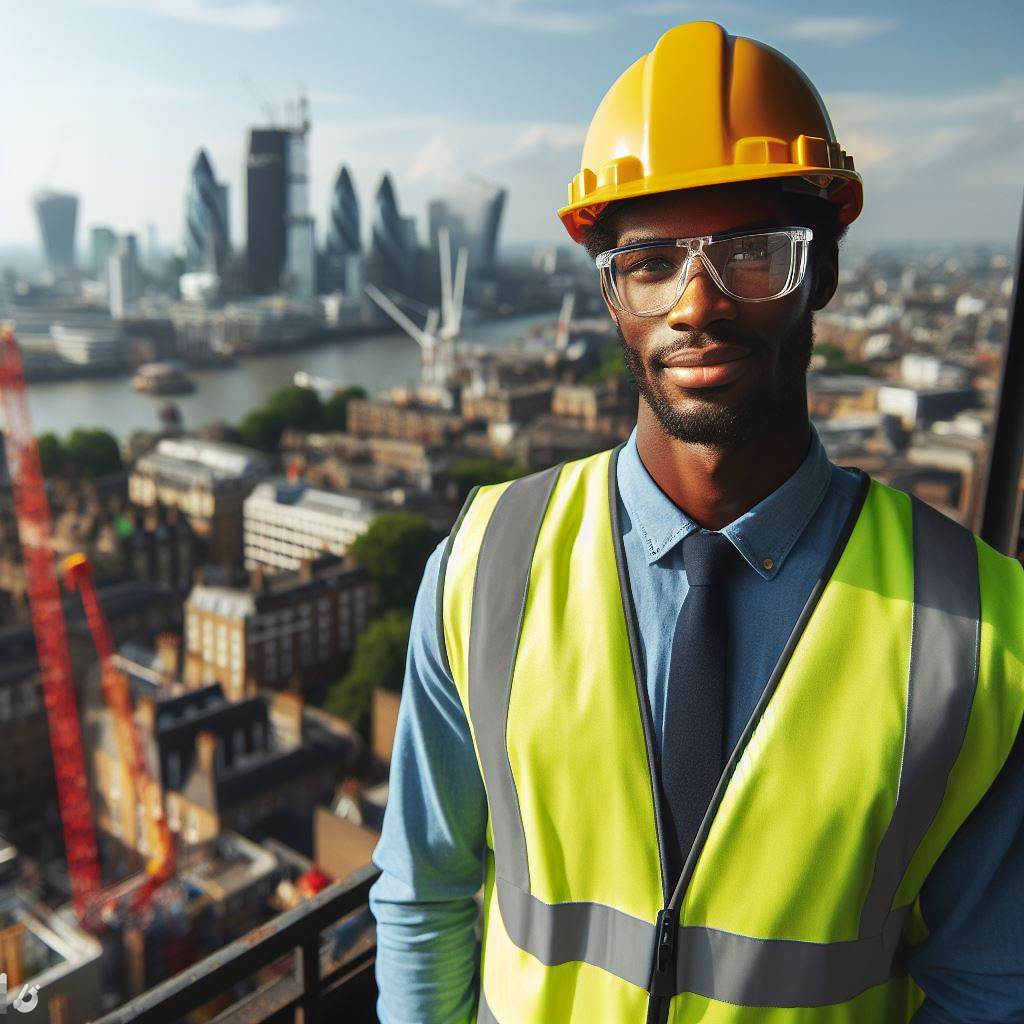
Case studies and examples
Eco-friendly construction has become a prevalent trend in the UK, with numerous projects showcasing sustainable design and construction practices. Below are some notable examples.
Notable buildings or developments that showcase sustainable design and construction practices
The Crystal, London
The Crystal, located in London, is one of the most iconic eco-friendly buildings in the UK. It serves as a sustainable cities initiative by Siemens and embraces numerous eco-features.
Key features
- Utilizes solar power through photovoltaic cells installed on the roof.
- Energy-efficient LED lighting and intelligent building management systems.
- Water management systems that reduce consumption by recycling rainwater and utilizing greywater.
- Impressive waste heat recovery system to minimize energy wastage.
The Crystal is a prime example of sustainable design and construction practices in the UK.
One Brighton, Brighton
One Brighton is an exceptional eco-friendly residential development situated in Brighton that demonstrates the growing focus on sustainable living.
Key features
- Constructed with sustainable materials, including timber from certified sources and low emissivity glass.
- Utilizes a communal heating system that combines biomass boilers, solar panels, and a combined heat and power plant.
- Maximizes natural light and ventilation through its innovative design.
- Includes a green roof that provides insulation and reduces rainwater runoff.
One Brighton successfully incorporates sustainability into urban living, setting a benchmark for future developments.
The Bullitt Center, Seattle (a UK-inspired project)
Although not located in the UK, the Bullitt Center in Seattle was inspired by UK construction practices, particularly Passive House standards.
Key features
- Designed to the highest energy efficiency standards, meeting the Living Building Challenge requirements.
- Incorporates solar panels and rainwater harvesting systems to generate energy and conserve water.
- Uses natural ventilation and daylight optimization to minimize reliance on mechanical systems.
- Constructed with non-toxic materials and includes composting toilets.
The Bullitt Center showcases how the UK’s eco-friendly construction practices can inspire sustainable projects worldwide.
The Daisyfield Mill, Blackburn
An excellent example of eco-friendly renovation, the Daisyfield Mill project in Blackburn transformed a derelict mill into sustainable office spaces.
Key features
- Utilizes renewable energy sources, such as solar panels and wind turbines, to power the building.
- Implements rainwater harvesting and greywater recycling systems.
- Uses passive design strategies, such as natural ventilation and insulation, to reduce energy consumption.
- Integrates green spaces and encourages biodiversity through a landscaped roof and surrounding area.
The Daisyfield Mill restoration showcases how sustainable design can breathe new life into old structures.
In general, the examples mentioned above highlight the remarkable achievements of eco-friendly construction projects, emphasizing sustainable design, energy efficiency, and innovative practices.
These projects serve as inspiring models for the UK construction industry, influencing a greener and more sustainable future.
Conclusion
In summary, this blog post highlighted the various eco-friendly trends in the UK construction industry.
The importance of eco-friendly trends in UK construction work
We discussed the importance of adopting sustainable practices to reduce carbon footprints and protect the environment.
By incorporating green building materials, renewable energy sources, and efficient waste management systems, the construction sector can make significant contributions to mitigating climate change.
It is essential for both construction professionals and consumers to recognize the positive impact of eco-friendly construction practices.
By supporting the growth of the eco-friendly construction industry, we can create a sustainable and greener future for the UK.
This will not only benefit the environment but also improve the health and well-being of individuals living in these eco-friendly buildings.
We encourage our readers to consider sustainable practices when undertaking construction projects or purchasing properties.
By investing in eco-friendly materials and technologies, we can contribute to a more sustainable future.
Supporting companies that prioritize sustainability and adopting eco-friendly practices will help drive the growth of the green construction sector, creating more job opportunities and economic benefits for the UK.
Let’s work together to build a greener and more sustainable future for all.
[E-Book for Sale]
500 Cutting-Edge Tech Startup Ideas for 2024 & 2025: Innovate, Create, Dominate
$19.99 • 500 Tech Startup Ideas • 62 pages
You will get inspired with 500 innovative tech startup ideas for 2024 and 2025, complete with concise descriptions to help you kickstart your entrepreneurial journey in AI, Blockchain, IoT, Fintech, and AR/VR.

